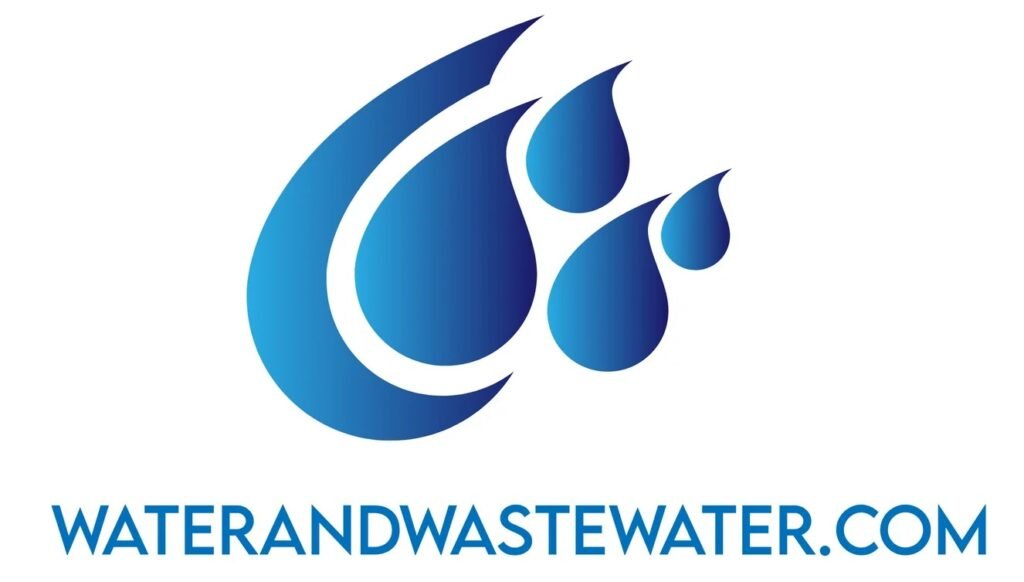Tag: conservation
The bustling metropolis of Las Vegas is renowned for its vibrant nightlife, sprawling casinos, and glitzy entertainment venues. However, beneath the shimmering surface lies a crucial functionality that keeps the city thriving—its wastewater treatment plant. This indispensable entity operates silently yet efficiently, ensuring the health and sustainability of both residents and visitors. This article endeavors […]
The Camden County Municipal Utilities Authority (CCMUA), based in New Jersey, is an exemplary public utility organization committed to environmental protection and public health through efficient wastewater management. With an intricate system designed to treat both sewage and stormwater, CCMUA handles combined sewer overflow (CSO) and maintains a state-of-the-art wastewater treatment plant. This article aims […]
Tucson Water Reclaimed Water Distribution System: A Blueprint for Sustainable Water Management Nestled in the heart of the Sonoran Desert, Tucson, Arizona, grapples with the harsh reality of arid conditions and limited water resources. Against this backdrop, Tucson Water’s Reclaimed Water Distribution System emerges as an essential lifeline, shaping a sustainable future for over […]
Nassau County Sewer and Stormwater Authority: A Comprehensive Overview In the heart of Long Island, New York, Nassau County is home to a sophisticated network of sewer and stormwater management systems overseen by the Nassau County Sewer and Stormwater Authority (NCSSA). This crucial infrastructure supports a population of over 1.3 million residents, ensuring environmental […]
The Buffalo Sewer Authority Bird Island Sewage Treatment Plant: An In-Depth Look Introduction The Buffalo Sewer Authority (BSA) operates the Bird Island Sewage Treatment Plant (BISTP), a critical piece of infrastructure for the City of Buffalo, New York. Situated on Bird Island Pier, this treatment plant plays a pivotal role in managing the […]
Wastewater Treatment vs. Sewage Treatment: Understanding the Differences and Importance for Environmental Sustainability Introduction As global populations continue to rise and urbanization accelerates, managing water resources becomes increasingly critical. A significant aspect of this management revolves around the treatment of water after it has been used—that’s where wastewater treatment and sewage treatment come […]
Introduction In the heart of Hampton Roads, Virginia, the Virginia Initiative Plant (VIP) stands as a monumental institution in the realm of wastewater management. It is a crucial facility tackling the intimate nexus between environmental stewardship and urban development. This article delves deep into the specifics of the Virginia Initiative Plant, covering the population […]
Albuquerque, the largest city in New Mexico, is home to a vibrant community and a robust infrastructure that supports its populace. Among the critical infrastructures essential for maintaining the health and welfare of Albuquerque’s residents, the Albuquerque Collection System stands out. This wastewater management system is a complex network designed to efficiently collect and treat […]
Water is our planet’s most precious resource, and its preservation and purification are crucial for sustaining life. In urban settings like Charlotte, North Carolina, managing wastewater is a monumental task that involves state-of-the-art technology, dedicated personnel, and a relentless commitment to environmental stewardship. This article takes an in-depth look at Charlotte Water’s wastewater treatment plants, […]
The Charlotte Water Mallard Creek Wastewater Treatment Plant (WWTP) stands as a vital facility in the highly urbanized ecosystem of Charlotte, North Carolina. This extensive wastewater treatment plant plays a critical role, overshadowed by the rapid urban and suburban expansion, supporting the water treatment needs of thousands of residents and businesses. A deep dive into […]
